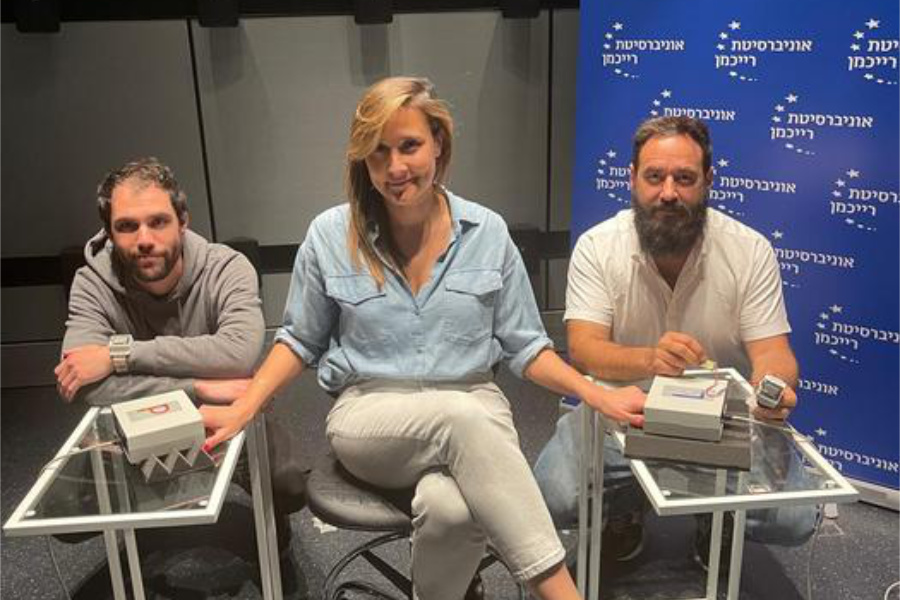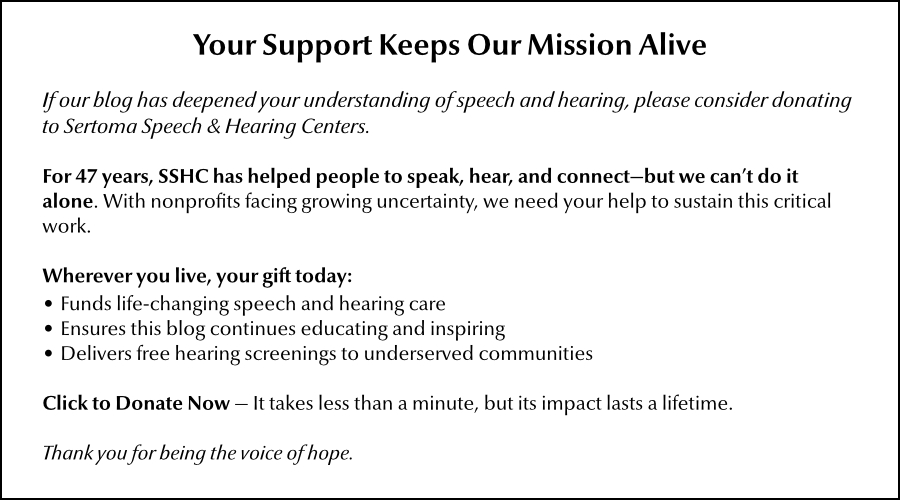Researchers at Reichman University in Israel have developed a technology that delivers tactile feedback through the fingertips, helping people with hearing impairments better understand spatial position and movement.
Why it matters
The study, published in the journal iScience, highlights the challenges faced by people born with hearing impairment, even after years of using hearing aids or cochlear implants.
“We wanted to test whether we could represent spatial information in a way that reflects the auditory system’s processes, but using an alternative sensory modality—in this case, touch.” —Adi Snir, PhD, lead author and postdoctoral fellow, Brain, Cognition, and Technology Institute, Reichman University
The problem
Researchers identified a consequential deficit in auditory spatial perception among hearing aid users and cochlear implant recipients. The auditory system constantly compares the arrival times and sound levels to locate their positions, but hearing loss and hearing devices can interfere with sound localization, particularly for moving sounds.
“We intentionally chose people born with congenital auditory deprivation because these individuals offer a unique opportunity to explore how sensory representations are formed. What we found were severely impaired auditory spatial capabilities, with significant difficulty in localizing sounds, especially when tracking moving sound sources, even among individuals with bilateral cochlear implants.” —Dr. Adi Snir

The breakthrough
Inspired by how the auditory system works, the researchers developed the Touch Motion Algorithm (TMA). TMA delivers tactile feedback through the fingertips, representing external spatial positions and movement.
The results
Participants in the study quickly developed the ability to sense spatial cues through tactile feedback and achieved near-normal accuracy in localization tasks. Combining auditory and tactile inputs simplified sound localization, confirming the benefit of using tactile cues for people with hearing impairments.
“The feedback we received from participants emphasizes the value of integrating tactile cues to improve the experience for people with hearing impairments. It also underscores the importance of multisensory integration in auditory rehabilitation.” —Dr. Cieśla-Seifer, co-author, a postdoctoral fellow at the BCT Institute and the Institute of Physiology and Pathology of Hearing in Warsaw.
The impact
The study's findings have profound implications for the future of sensory rehabilitation. By harnessing tactile feedback, the potential to enhance existing assistive technologies could significantly improve the quality of life for millions of people worldwide.
“These findings are particularly exciting because they have implications for understanding how spatial representations develop in the brain. Hearing is the only modality capable of naturally representing our entire 3D environment, so lacking access to this information from birth might cause some deficits in spatial abilities for this population. —Prof. Amir Amedi, senior author of the study


